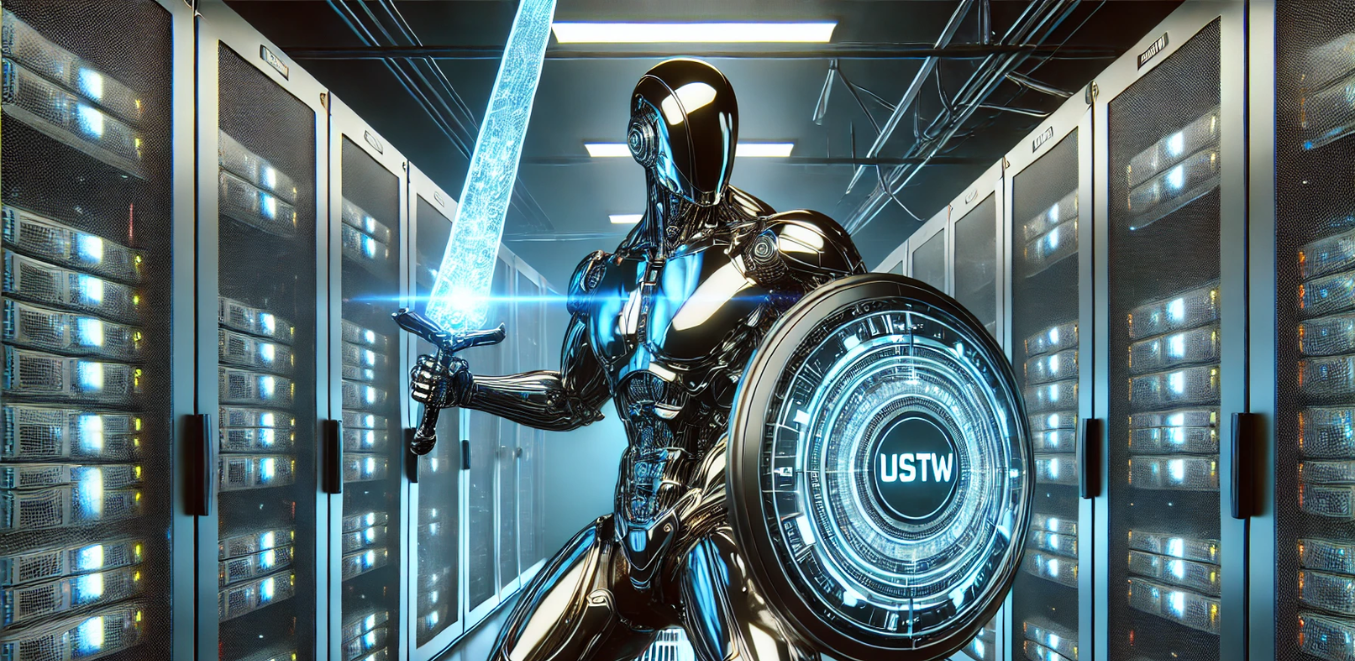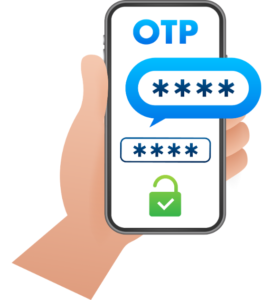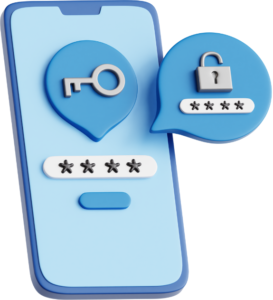

2FA – Two Factor Authentication
Home 2FA – Two Factor Authentication

By USTechWorks
0 comments
December 3, 2024
2FA – Two Factor Authentication
Multi-factor authentication adds one or more security layers to the login process. Instead of relying only on a password, MFA can incorporate methods like a code sent via text message, a one-time passcode generated by an authenticator app, or a physical security key. Even if a hacker manages to learn your password through phishing or data leaks, they still have to bypass your second layer of security. This significantly reduces the probability of them gaining access to your account, because that second factor is typically short-lived, dynamic, or physically in your possession.
Why is this so vital in the modern digital landscape? Hackers aren’t just targeting email addresses and social media pages anymore; they’re after financial accounts, company data, and even personal health records. With more of our personal and professional lives moving online, every breach has the potential to cause substantial damage. It’s important to recognize that passwords alone, no matter how complicated, remain vulnerable to brute-force attacks, password spraying, and phishing scams. MFA mitigates these vulnerabilities by demanding something more than just a user’s login credentials.
Consider the many recent data breaches in which millions of usernames and passwords were exposed. Without MFA, those stolen credentials are like skeleton keys for a hacker to try in various accounts, hoping you used the same password or email combination elsewhere.
In terms of best practices, keep an eye on how you store any backup codes or physical tokens. If you choose to keep backup codes in a notebook, be sure that notebook isn’t left lying around in plain sight. If you use a physical security key, try to keep it on your keychain so it’s always with you. Many users rely on authenticator apps like Google Authenticator, Authy, or Microsoft Authenticator, which can be more secure than receiving codes via text message. Text messages can be intercepted or redirected if someone gains control of your phone number, whereas authenticator apps work offline and generate one-time codes locally on your device.
2FA Final Thoughts
Ultimately, multi-factor authentication stands at the forefront of modern cybersecurity for a reason. It’s not difficult to set up, and the extra effort pays for itself many times over when it comes to peace of mind and avoiding serious security nightmares. Breaches may be inevitable in a world of sophisticated hackers and continuous data leaks, but MFA puts a critical safeguard between them and your sensitive information.


Stay one step ahead of those who would exploit weak entry points by layering up your security. It might feel like a small inconvenience now, but you’ll thank yourself when the next big breach hits the headlines.
